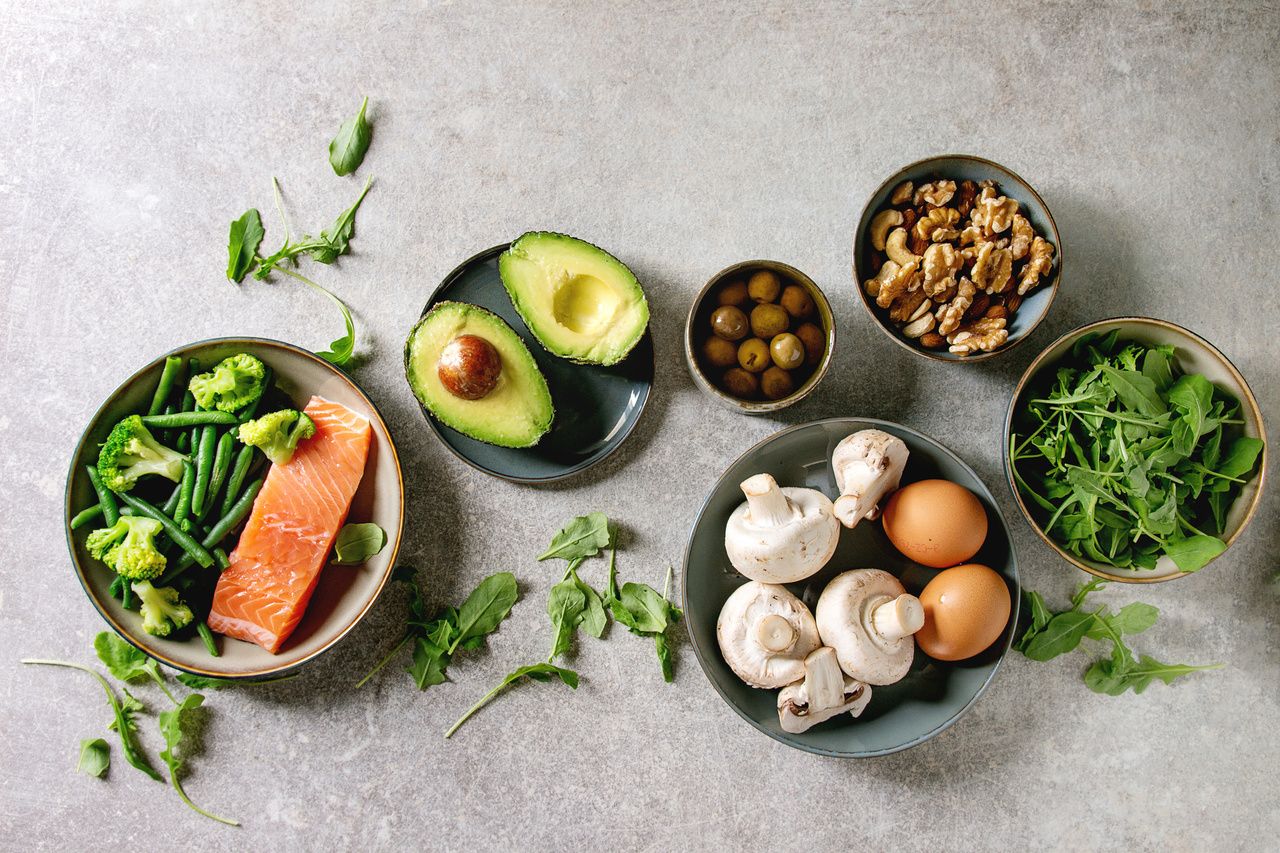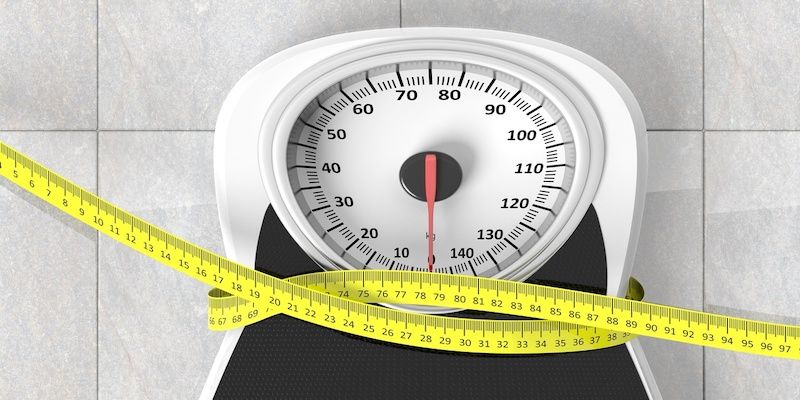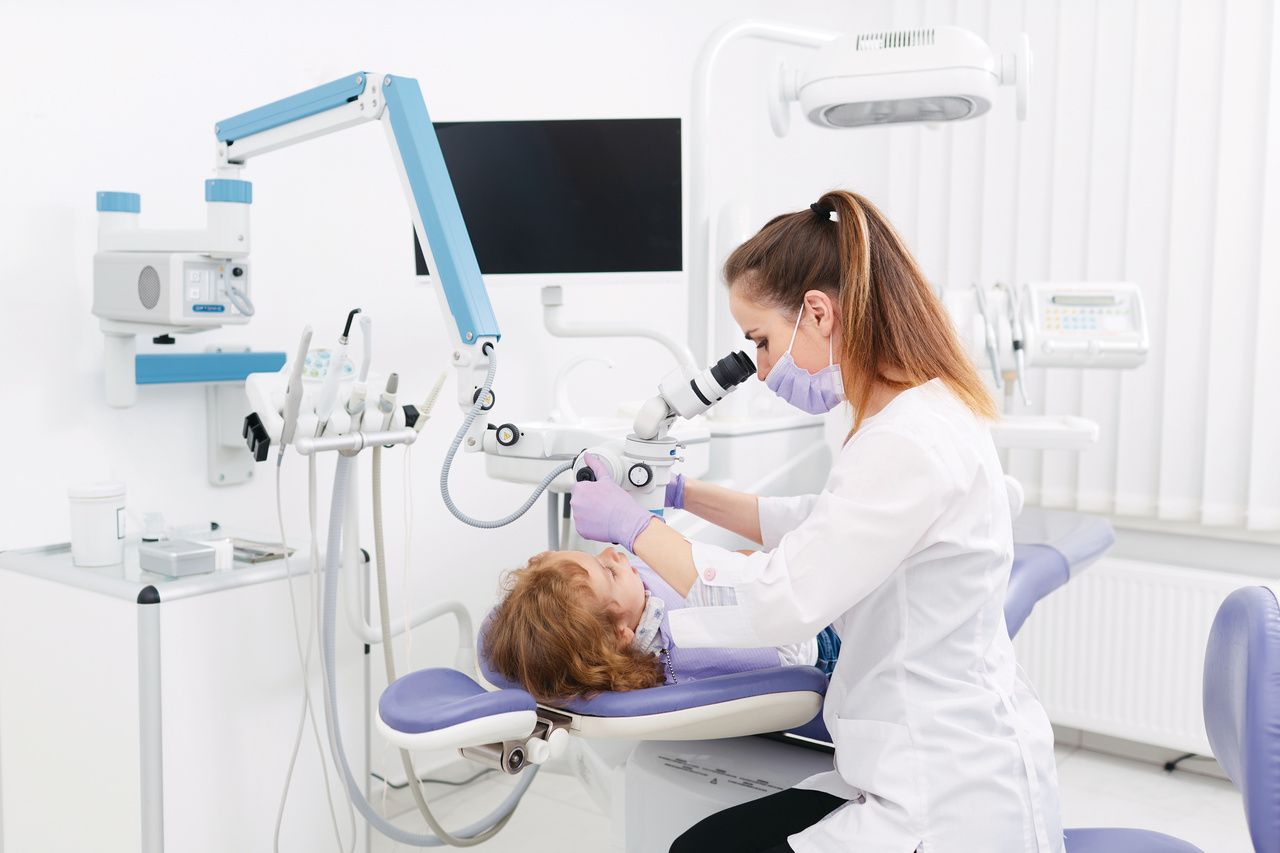Article
High Rates of Anxiety, Depression Seen Among Chinese Women With PCOS
Author(s):
In this new study from China, investigators aimed to clarify anxiety- and depression-like symptoms and behaviors among women with polycystic ovary syndrome (PCOS).
High rates of anxiety- and depression-like behaviors were seen among Chinese women who self-reported on them as part of a retrospective secondary analysis of 3 previous studies that focused on polycystic ovary syndrome (PCOS), reports a new study in Frontiers in Psychiatry.
These 1600 responses (self-rating anxiety scale [SAS], 802 responses; self-rating depression scale [SDS], 798 responses) indicate that 26.1% and 52.0%, respectively, may exhibit behaviors frequently associated with anxiety and depression.
“In addition to all of the long-term metabolic and endocrine outcomes, an increased prevalence of psychological disorders among women with PCOS has also been reported in some studies, including depression and anxiety,” the authors wrote, “but the specific causative factors, including sociological factors and molecular mechanisms, have not been fully elucidated.”
Their data came from studies conducted at the First Affiliated Hospital of Guangzhou Medical University, Xuzhou Maternity and Child Health Hospital, Dalian Municipal Women and Children’s Medical Center, Guangdong Women and Children’s Hospital Hexian Memorial Affiliated Hospital of Southern Medical University. PCOS was defined using the Rotterdam criteria, and exclusion criteria included having an endocrine disorder, use of hormones/herbal prescriptions, having an abortion or giving birth in the previous 6 weeks, having a confirmed pregnancy in the past 6 weeks, and completing less than 50% of each self-rating scale. Scores on the scales of 53 or greater indicated anxiety- or depression-like state, and these scores were divided into 3 classifications: 53 to 62, mild anxiety/depression; 63 to 72, moderate anxiety/depression; 73 or greater, severe anxiety/depression.
Total score on the SAS ranged from 26 to 85, and among the 26.1% with scores that indicated anxiety-like behaviors, 21.8%, 3.9%, and 0.4% reported mild, moderate, or severe anxiety, respectively. For the SDS, the score range was 25 to 91. Beyond the 52.0% who self-reported depression-like behaviors, 37.3%, 13.4%, and 1.3% reported mild, moderate, or severe depression.
Significant differences in baseline age, body mass index (BMI), waist circumference (WC), waist-to-hip ratio (WHR), free androgen index (FAI), and levels of testosterone (T) and sex hormone–binding globulin (SHBG) were seen among patients deemed to have anxiety vs those without, while age, BMI, WC, acne, T, FAI, fasting insulin, fasting plasma glucose (FPG), and homeostatic model assessment of insulin resistance (HOMA-IR) differed significantly between those with and without depression.
In addition, for anxiety levels, positive correlations were seen for BMI and WC and a negative correlation with age for anxiety severity, while for depression severity, negative associations were seen for BMI and WC and a positive association for age.
“It is worth noting,” the authors wrote, “that the factors of age, BMI, WC, T, FAI, fasting insulin, and HOMA-IR were significantly correlated with both anxiety-like and depression-like behaviors.”
Significant independent risk factors for anxiety-like behaviors were shown to be FAI (odds ratio [OR], –0.335), age (OR, –0.258), BMI (OR, 0.265), WHR (OR, 14.911), and hirsutism (OR, 0.235), and for depression-like behaviors, these were SHBG (OR, 0.203), FAI (OR, 1.268), age (OR, 1.639), WC (OR, –0.403), WHR (OR, 46.293), number of deliveries (OR, –4.199), fasting insulin (OR, –2.805), FPG (OR, –11.709), and HOMA-IR (OR, 10.749).
In addition, “body image–related and hyperandrogenism-related [FAI, hirsutism] factors were related to both anxiety-like behaviors and depression-like behaviors in both infertile and fertile PCOS patients,” the authors noted.
Their findings are significant because they echo previous studies on several fronts:
- Patients with PCOS typically face greater psychologic pressure.
- Negative body image is related to increased anxiety- and depression-like behaviors.
- BMI and WC are related to depression-like behaviors, regardless of fertility status in women with PCOS.
Future studies should include investigations into why there are opposite correlation differences for age, BMI-related factors, and hyperandrogenism-related factors among younger and older patients, as well as hyperandrogenism itself, the authors determined.
Strengths of the present study are the large sample size and that the data demonstrate results in an ethnic group of women for whom similarly relevant data are lacking, and limitations include potential selection/recruitment bias and the self-reported nature of the data.
Reference
Lin H, Liu M, Zhong D, et al. The prevalence and factors associated with anxiety-like and depression-like behaviors in women with polycystic ovary syndrome. Front Psychiatry. Published online October 20, 2021. doi:10.3389/fpsyt.2021.709674

Ketogenic Diet Shows Promise as Nonpharmacologic Treatment for PCOS




